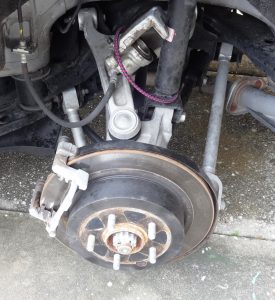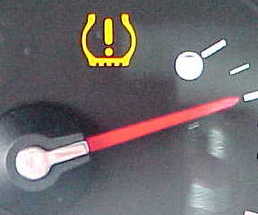Auto Repair Information

The auto repair information blog started ten years ago. Things stayed on topic, but changed a little when gas prices started to climb in early 2008. I got a little sidetracked when I purchased the water 4 gas systems and signed up for the HHO games.
At that point, I decided to share the details of my brown gas project with visitors. In today’s post I wanted to return to the original reason I started this blog. I started this automotive website to supply car repair information for people that like to fix their own automobiles.
After fielding many questions over the last couple years on my car repair help page I have noticed one very common piece of advice that I continue to dispense. It also happens to be the first step in almost all of my automotive diagnosis procedures that I personally use. And this is the visual inspection. It’s very common that I uncover the cause of the car problem by simply performing a thorough visual inspection. This is so important let’s talk a little more about it.
Auto Repair Visual Inspections

I’m going to provide some examples of what to look for, and some of the most common things I’ve found. It seems that a visual inspection during winter months remain more important then in the summer seasons. However, regardless of the weather, I perform this procedure as a quick first step in automotive diagnosis no matter what time of the year it is.
My first example actually happened yesterday and got me thinking about how I should share this with website visitors. While working on a 2006 Chevrolet 3500 series van my eyes would see something interesting. The driver complained that the check engine light popped on.
I scanned the vehicle and found a map sensor code. The first thing I did was perform a visual inspection of the map sensor, the connector and its wiring harness. The first thing I noticed was little black chips of plastic laying on the intake manifold. These yummy pieces of plastic obviously came from the conduit that protects the map sensor wiring harness.
I followed the harness back and found a damaged looking spot. This marked where the rodent chewed through not only the protective conduit, but also completely through the ground wire for the map sensor. After locating the damage there was no need to open my PDF auto repair manuals. This discovery also sidestepped scientific check engine light diagnosis because it turned out just to be a quick repair of a single wire.
Auto Repair Diagnosis

Review yet another example of diy car repair diagnosis. My nephew called me from up north and said he had an ABS light on. I live in Florida now, so I’m no longer working on his vehicle for free. But I did notice in the news they recently went through an ice and snowstorm. So I walked him through some simple steps to do a visual inspection on his own car.
I explained to him where the wheel speed sensors and wiring harnesses mounted. When he poked his head around the wheel, he noticed a 15-pound ice burg stuck and pulling on the wiring harness for his left front wheel speed sensor. Since my nephew isn’t mechanically inclined, he took it in for repair.
However, he was armed with the information to provide the service center that saved him diagnostic time, and also the down time of the vehicle. The weight from the collected ice and snow pulled on the wiring harness and broke the wires where they attach to the sensor head.
Auto Repair Safety

My nephew wanted to continue driving around with the ABS light on as opposed to spending the money on car repairs. In fact, I had to talk to his mother to force the repair on the young man. Anti lock brake systems remain a fantastic safety feature. During winter weather with ice and snow a properly operating ABS system may save your life or at least prevent damage to your vehicle or other drivers.
In closing I would recommend that when ever you have a warning light on your dash fix it. Either using do it yourself auto repair techniques or a car repair shop. Take a few minutes to perform a thorough visual inspection that’s related to your problem. External damage by rodents and road debris remains highly visible and solves car problems without digging for auto repair information or complex diagnosis.

